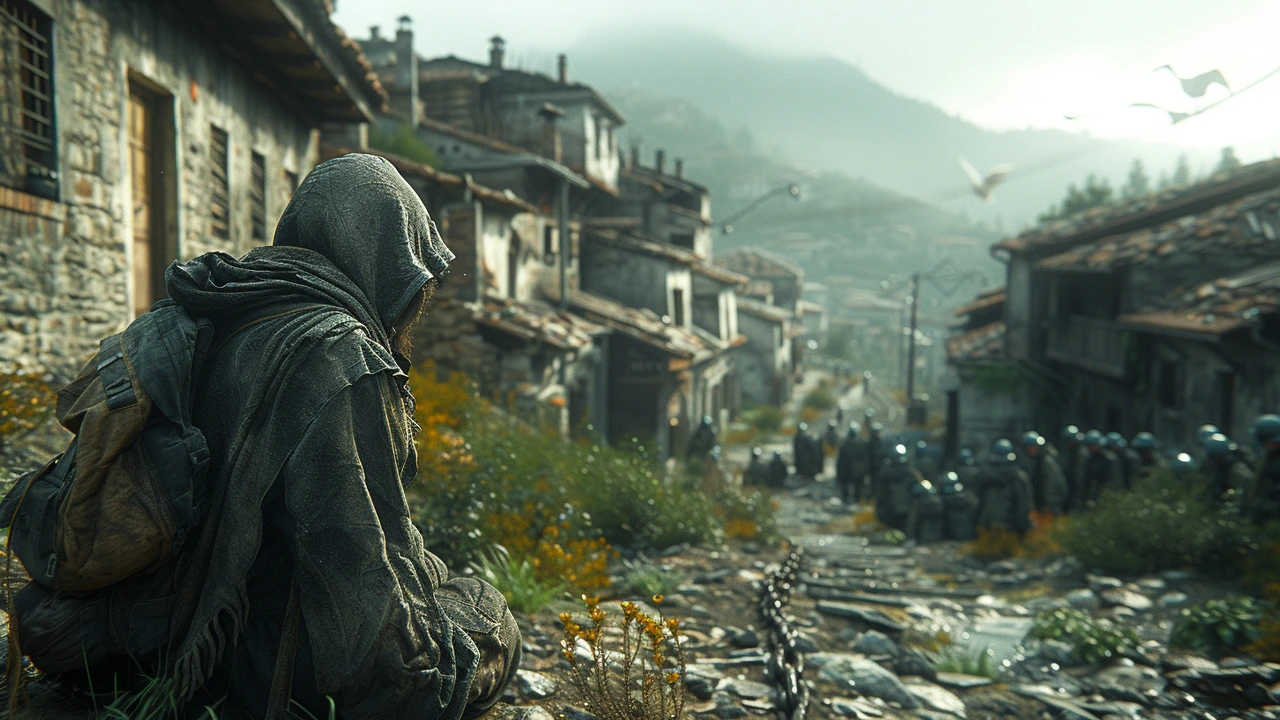What if a few well-run talks stopped renewed violence? Mediation is often the turning point in peace processes. It’s not magic — it’s method. This page gives clear, practical steps you can use whether you’re a mediator, a peacekeeper, a local leader, or someone who cares about ending conflict.
First, know the job. Mediation means helping parties talk, find options, and agree on what’s realistic. Mediators don’t impose solutions. They manage roles, timing, and trust so the parties can find their own path to peace.
Map stakeholders: who holds power, who influences fighters, and who bears the costs of war? Don’t ignore community voices — women, youth, and local leaders often hold crucial information and influence.
Set a clear mandate and neutral venue. Everyone should understand what the mediator can and cannot do. A neutral location reduces pressure and makes it easier for sides to speak openly.
Build confidence before formal talks. Small steps — local ceasefires, humanitarian access, or prisoner exchanges — show goodwill. These moves make big agreements more likely later.
Listen more than you speak. Good mediators ask questions that reveal needs and fears, not just positions. Reframe heated claims into concrete concerns you can address together.
Use joint problem-solving: break big issues into smaller, solvable pieces. Agree on one practical item and finish it. Momentum matters. Each small win builds trust for harder talks.
Bring technical help when needed. Mediators often pair political talks with experts on security, land, or elections. That keeps promises realistic and implementable.
Include monitoring and verification from day one. If people doubt whether the other side will keep a promise, agreements fall apart. A clear monitoring plan and simple reporting help keep both sides honest.
Work with peacekeepers, but keep roles clear. Peacekeepers can provide security guarantees and logistics. Mediators must stay impartial; mixing roles can undermine trust.
Expect setbacks and plan for them. Roadblocks are normal. Prepare fallback options: slower timelines, confidence-building steps, or bringing in respected third parties to restart the process.
Finally, think long-term. Agreements need follow-up: local reconciliation, economic support, and inclusive political processes. Mediation creates the path; implementation keeps people on it.
Want a quick checklist? Prepare stakeholders, pick a neutral venue, start with confidence-building measures, split big issues, add experts, set monitoring, and plan for implementation. Follow these steps and you increase your chances of turning talks into lasting peace.

In today's post, I will be talking about the fascinating field of peacekeeping, and its significant role in bridging the gap between conflict and resolution. By looking at various case studies, we'll delve into how peacekeeping operations have come to play a key part in resolving global conflicts. We'll explore the techniques used, the challenges faced, and how these experiences can be leveraged to facilitate future conflict resolution. Join me on this journey as we unravel the complexities of peacekeeping.
